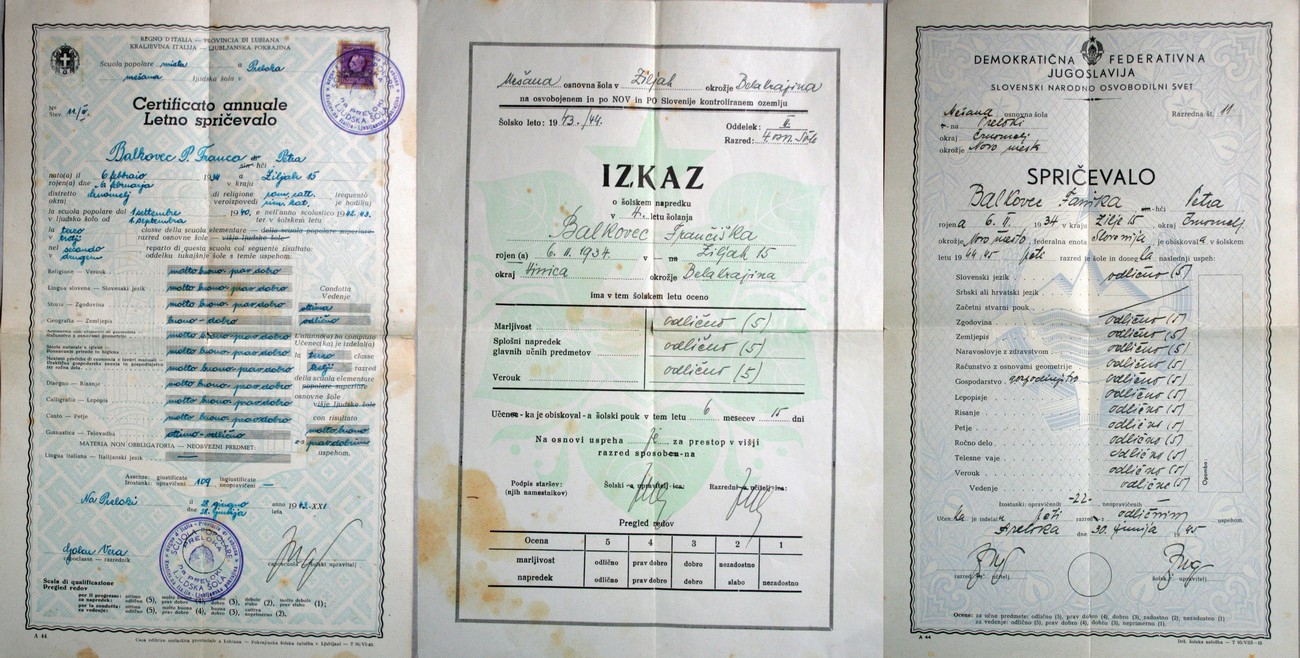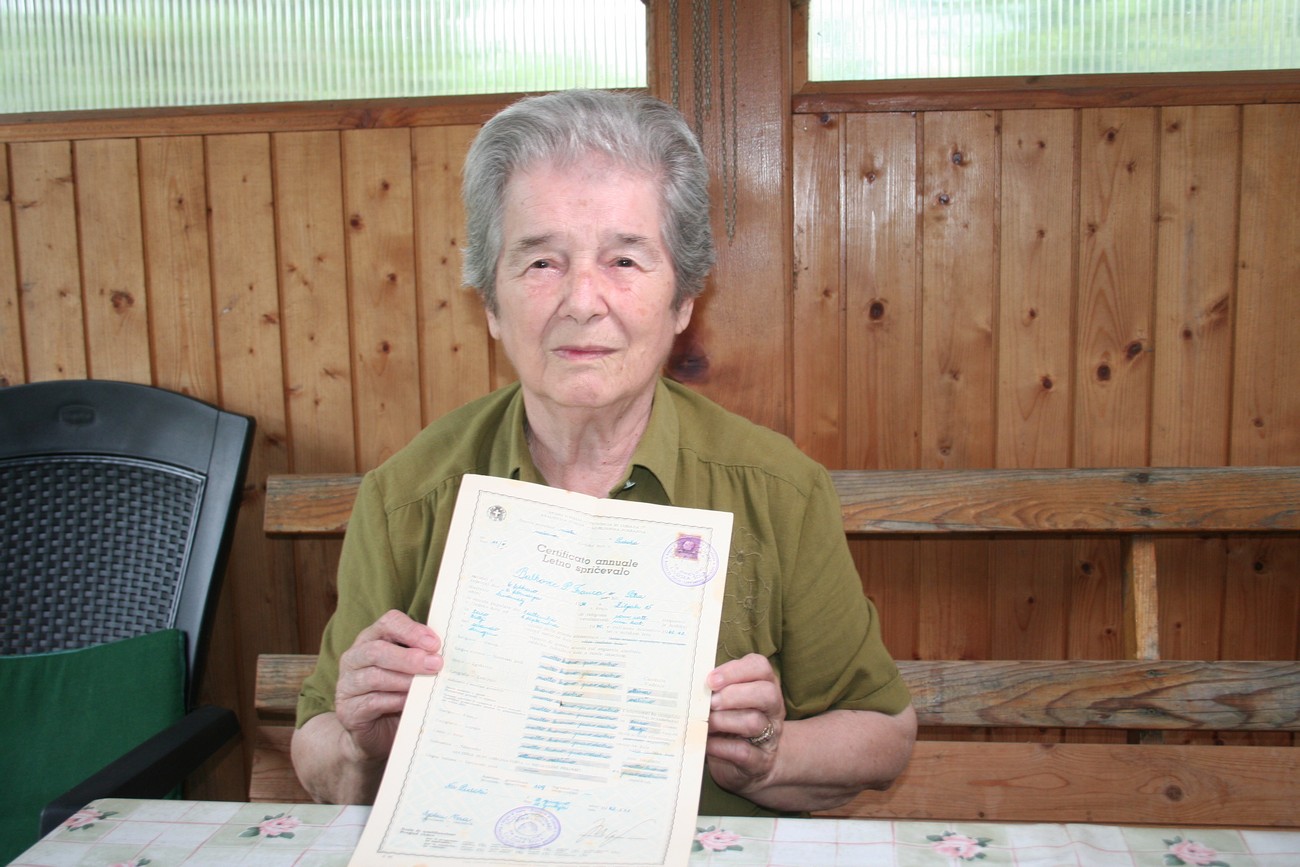Zilje is a small village which had 127 inhabitants in early 2018. It is situated roughly halfway between Vinica and Preloka. Before World War II, the seat of the municipality was located in Vinica, while the seat of the parish was in Preloka. At the start of World War II, around 250 people were living in the village. The villages of Preloka and Vinica were only slightly bigger. Zilje is situated from 233 to 300 metres above sea level, while the Kolpa River is situated at 153 metres. At the start of World War II, the villagers were engaged in farming. A tier 2 banate road ran through the village from Vinica to Adlešiči. The Succursal Church of St Anton was situated at the highest point in the settlement. The local church held mass only on special occasions.
At the start of World War II, Italians came to the village. First, the Fascists set up a post in the village, then came the Financial Guard. In the autumn of 1942, they were joined by common soldiers. They fortified the houses, which they had occupied beforehand, built bunkers and protected it all with a ring of barbed wire.
Partisans did not attack the post also because of warnings received from the villagers that the garrison was not making any threats, but if an attack occurred, they might exact revenge. In the summer of 1942, the circumstances changed. During the offensive the Italians began making mass arrests and sending civilian population to concentration camps. The inhabitants of the Preloka parish were banished to a camp in early August 1942.
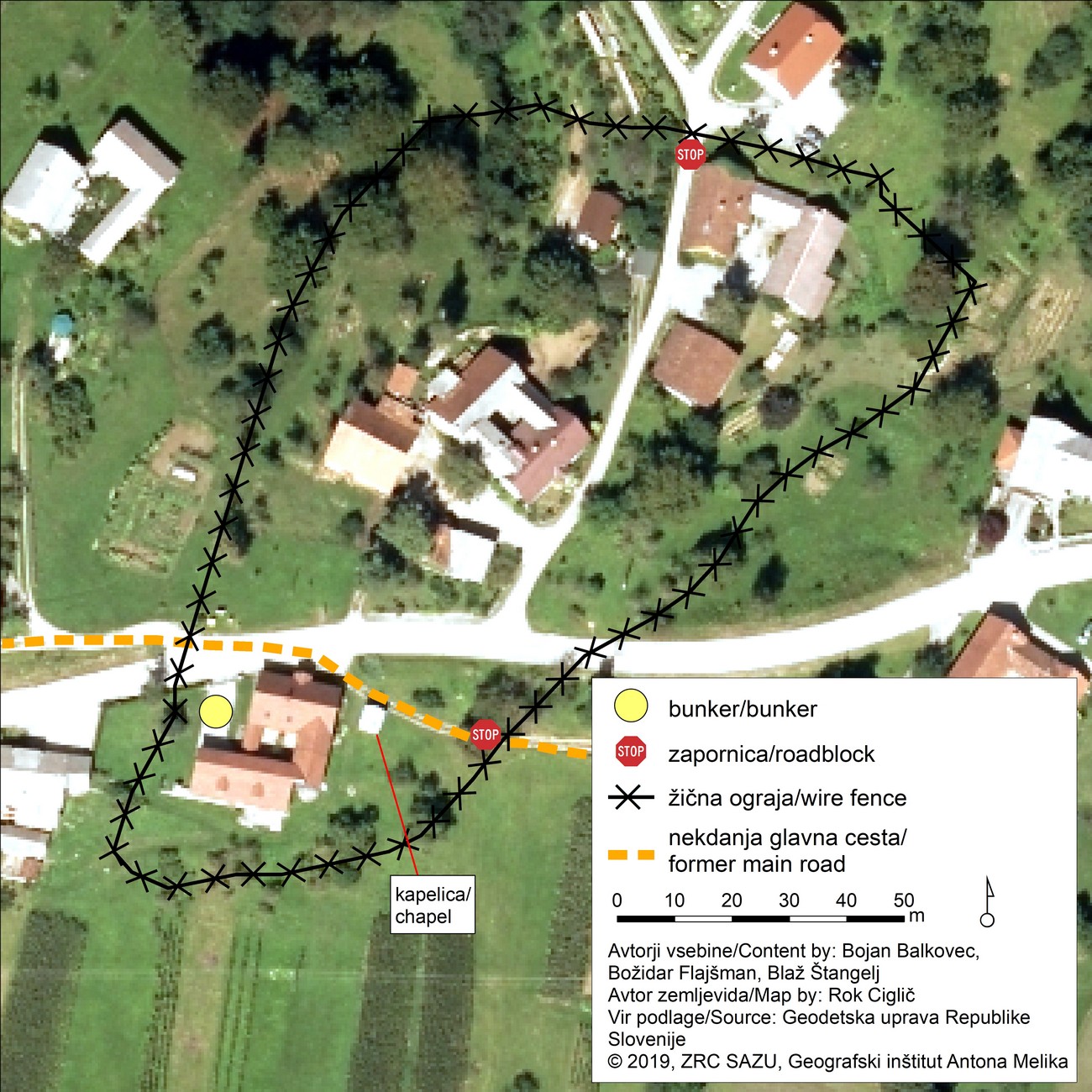
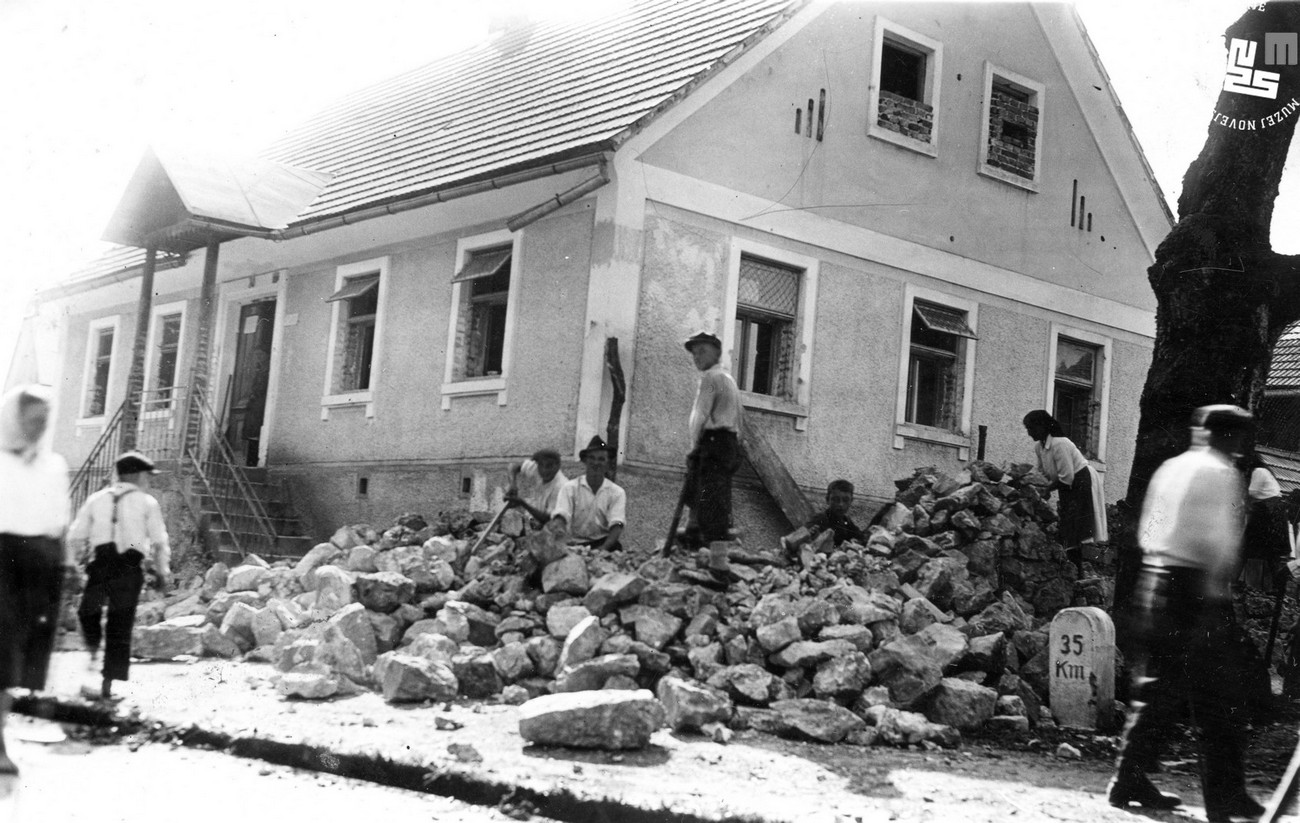
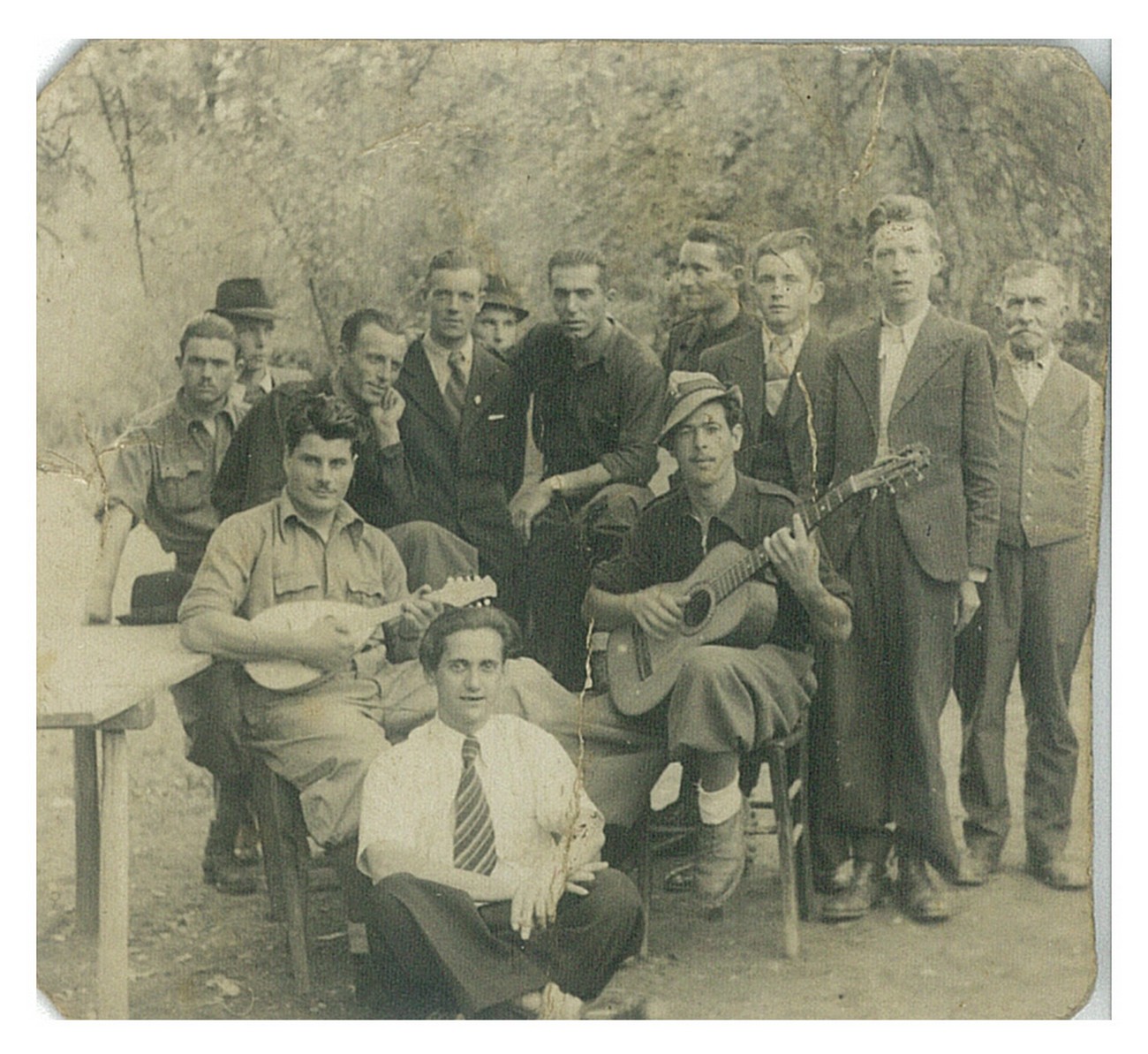
According to the notes of the parish priest Pokorn, the Italians took 53 »men and boys« from the Preloka parish to a camp. The school’s headmaster Feliks Jug wrote about 57 men and boys being taken. They were taken without a change of clothes or food. The conditions in the camps were unbearable and the prisoners were dying. Feliks Jug wrote that 17 prisoners out of 57 never returned. Nine children lost their fathers. Those who had returned from Rab spoke of the atrocities endured there.
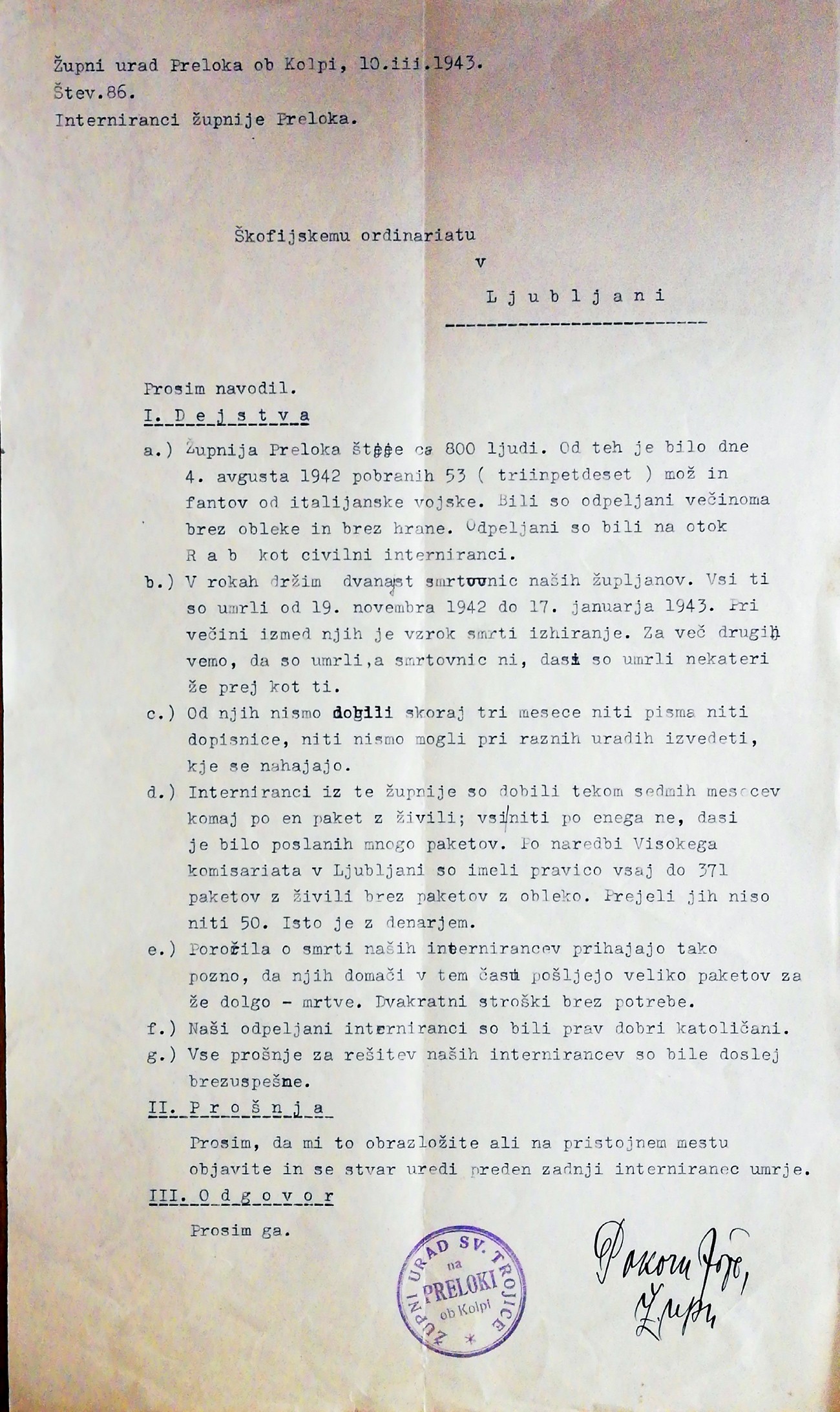
»It was horrible because mothers were inside; Birička fainted«
In 1913, Marko Čadonič from the village of Balkovci and Frančiška Erdeljac from the Croatian village of Prilišče went to America. They met each other there and got married in 1916.
In 1917, 1918 and 1919, their children Marko, Marija and Franc were born. In the spring of 1920, the young family returned to Balkovci. Somewhat later, the father returned to the USA, where he died before World War II started. In Marko's native village, a son named Jože was born to his father in 1917. The boys grew up and by the time World War II started they were grown men.
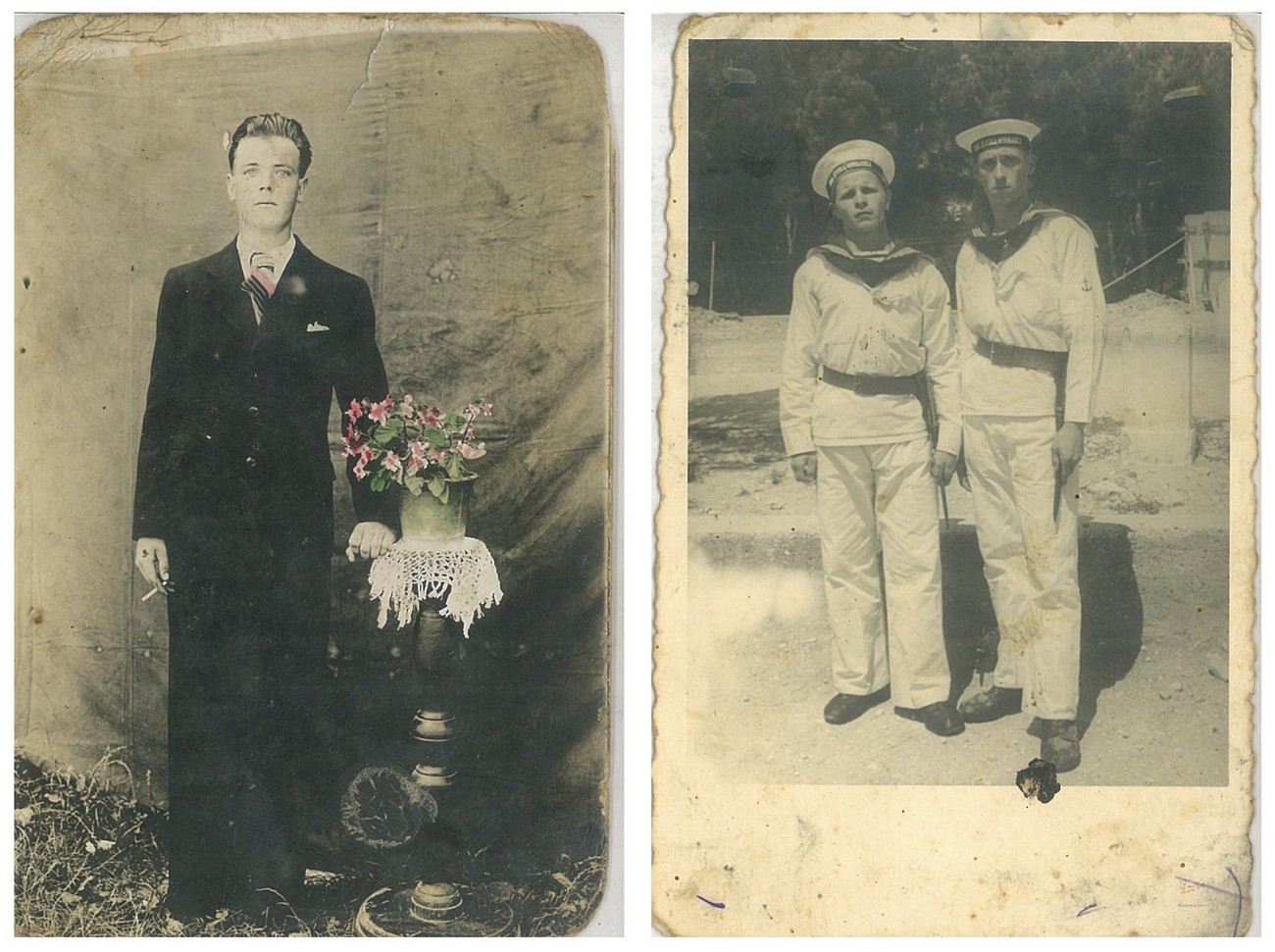
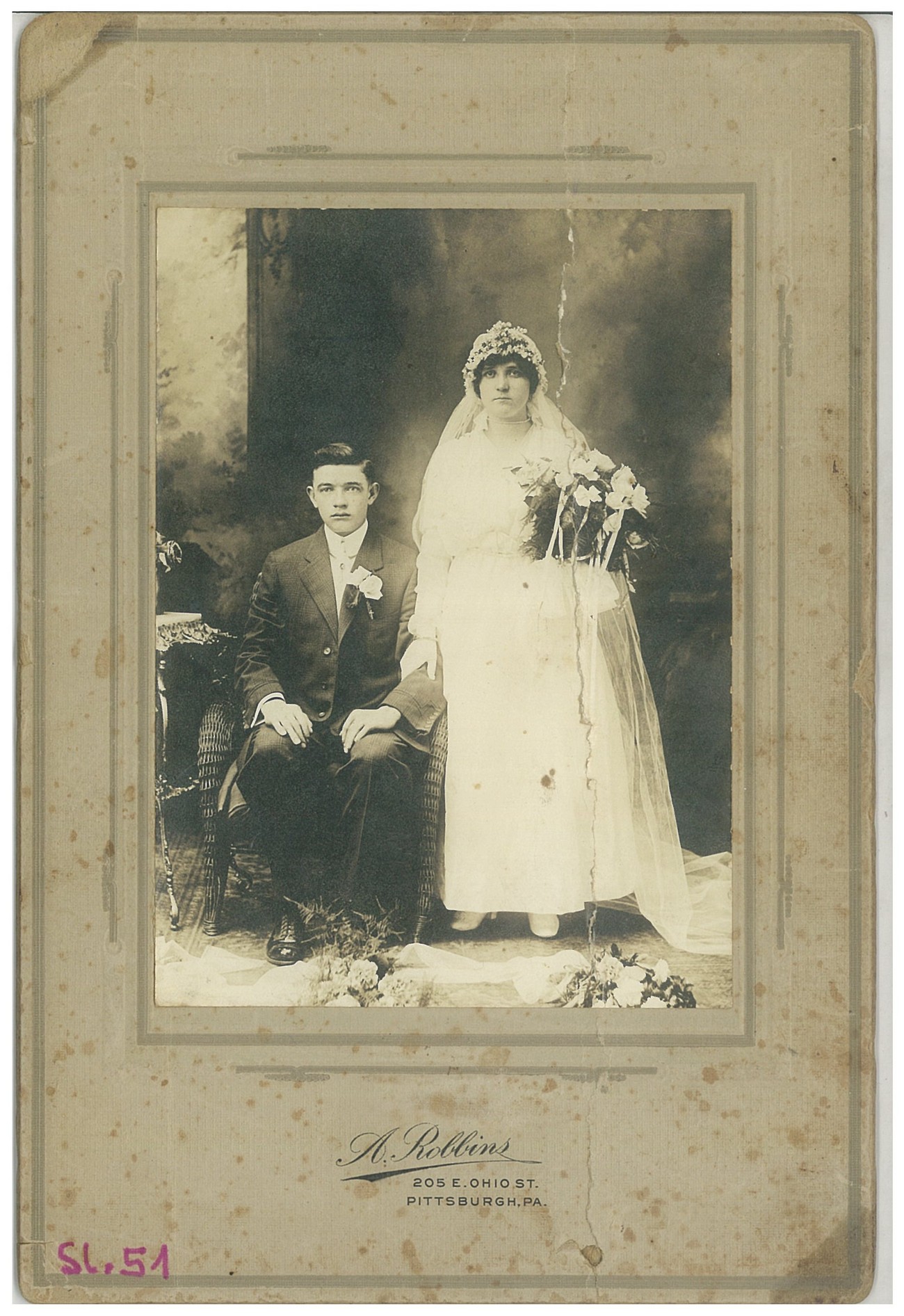
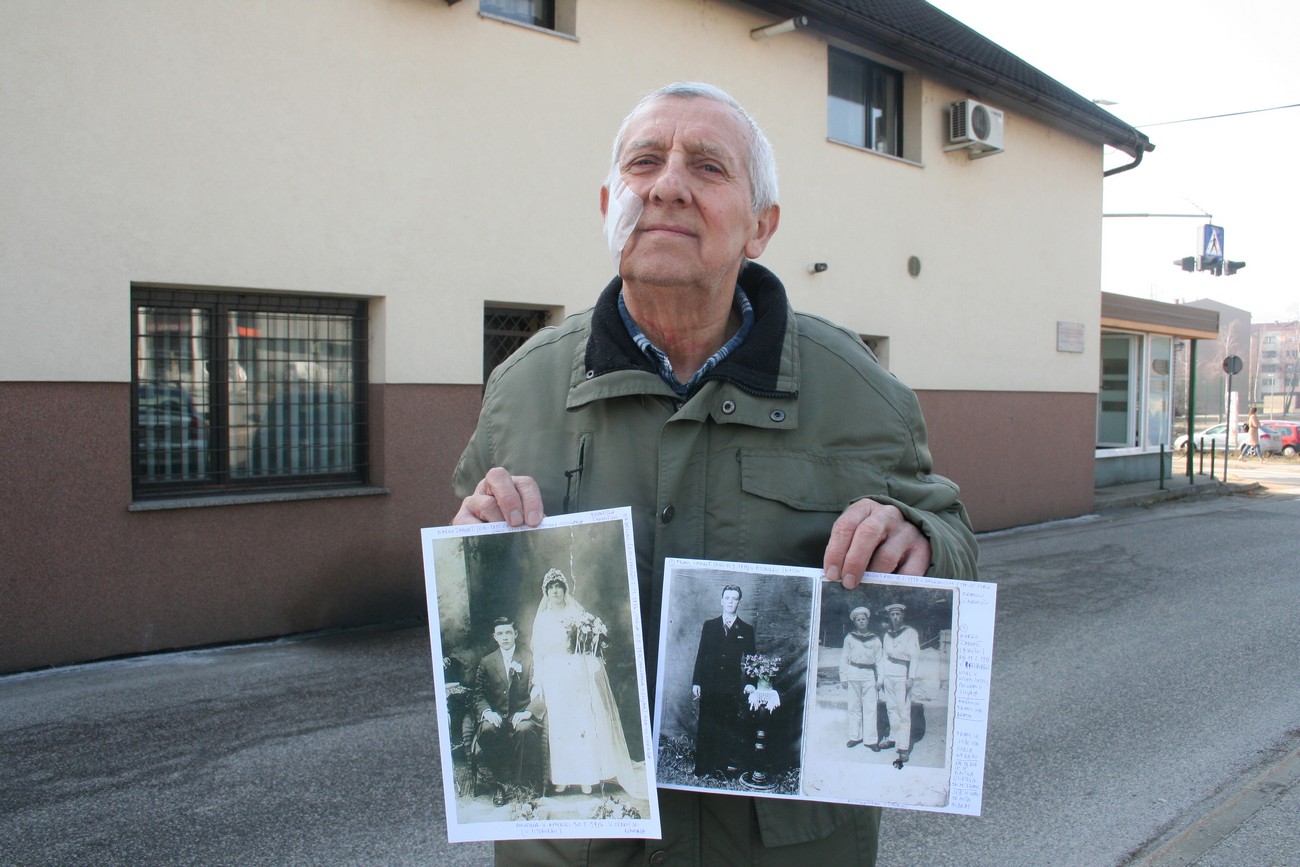

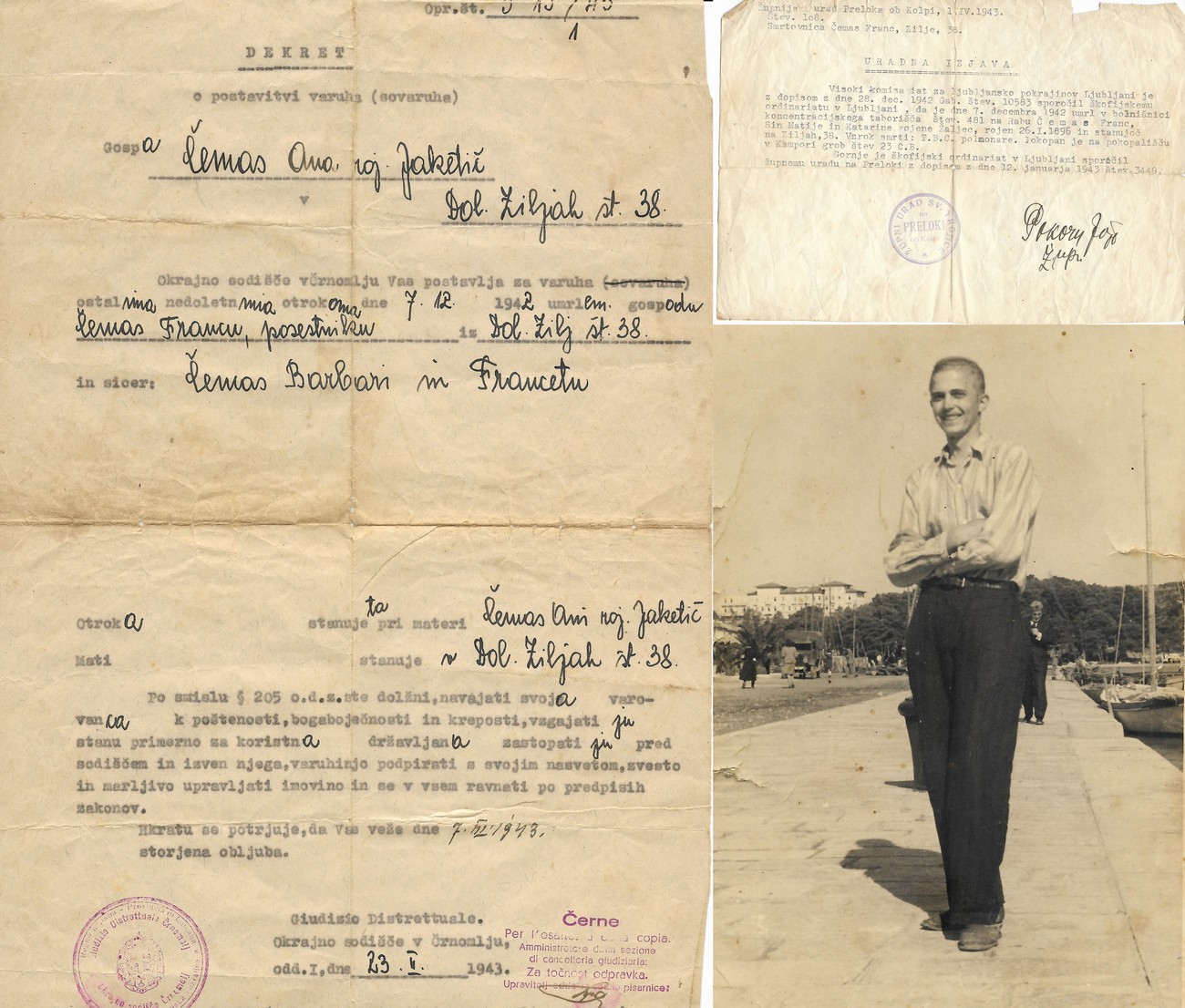
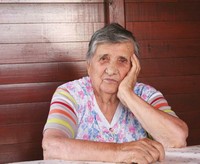
Most likely in the beginning of March 1943, the parish priest Pokorn had to read the names of the deceased during mass; various witnesses have corroborated this. According to Angela Žugelj, Birička fainted. Birička is Frančiška Čadonič (maiden name Erdeljac). The parish priest read from the pulpit that her son Franc and brother-in-law Jože had died.
Author: Božidar Flajšman.
On the Way to School
The children from Zilje attended school in Preloka. The occupiers did not harass schoolchildren. Lessons were held throughout the war years without any lengthy suspensions. The most shocking thing the children experienced was the death of their fathers or other relatives in camps. But the children themselves were also in danger when playing. When they were bathing in the Kolpa River, the Ustasha shot at them from across the river. Luckily, no one got hurt.
According to eyewitness accounts, the children had to pass by the post in Dolnje Zilje on their way to school. It is impossible to imagine how uncomfortable that must have been for children to walk by soldiers, bunkers and barbed wire obstacles every day. The story we heard from Frančiška Tahija (maiden name Balkovec) about the greeting »Buongiorno«, which they were taught by the Italians, and the greeting »Death to Fascism, freedom to the people« they were taught by the partisans, may seem adorable. However, it shows the pressure the children were under as they passed by different soldiers on their way to school. At the end of their native village they had to walk by Italians, but if they took a shortcut across the meadows and clearings, they might have run into partisans. The war turned those children's lives upside down. They were exposed to various dangers and obstacles. The children in the school in Preloka were in fact lucky. They successfully completed their schooling, despite the fact that their school-leaving certificates were issued by different countries.
